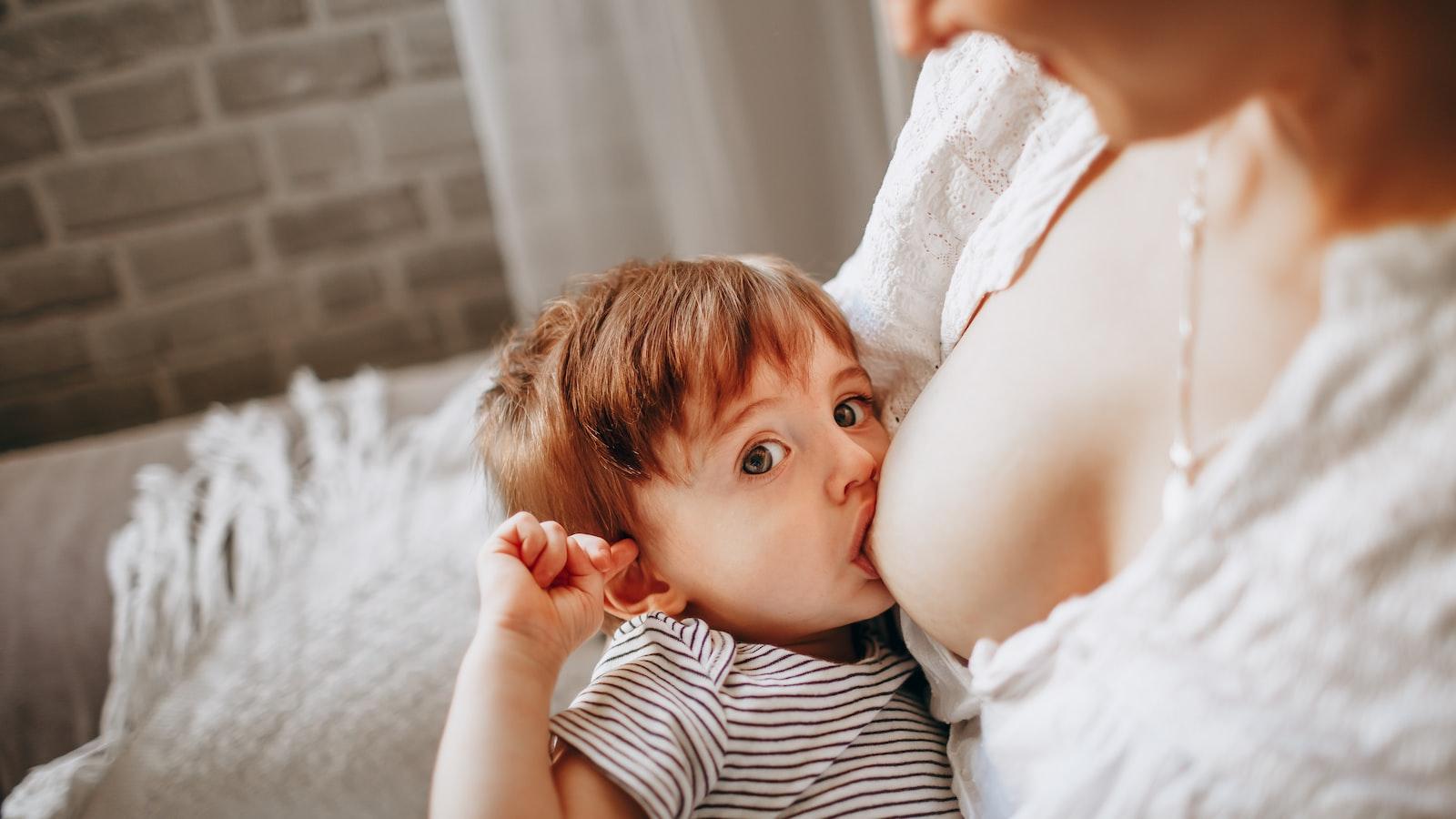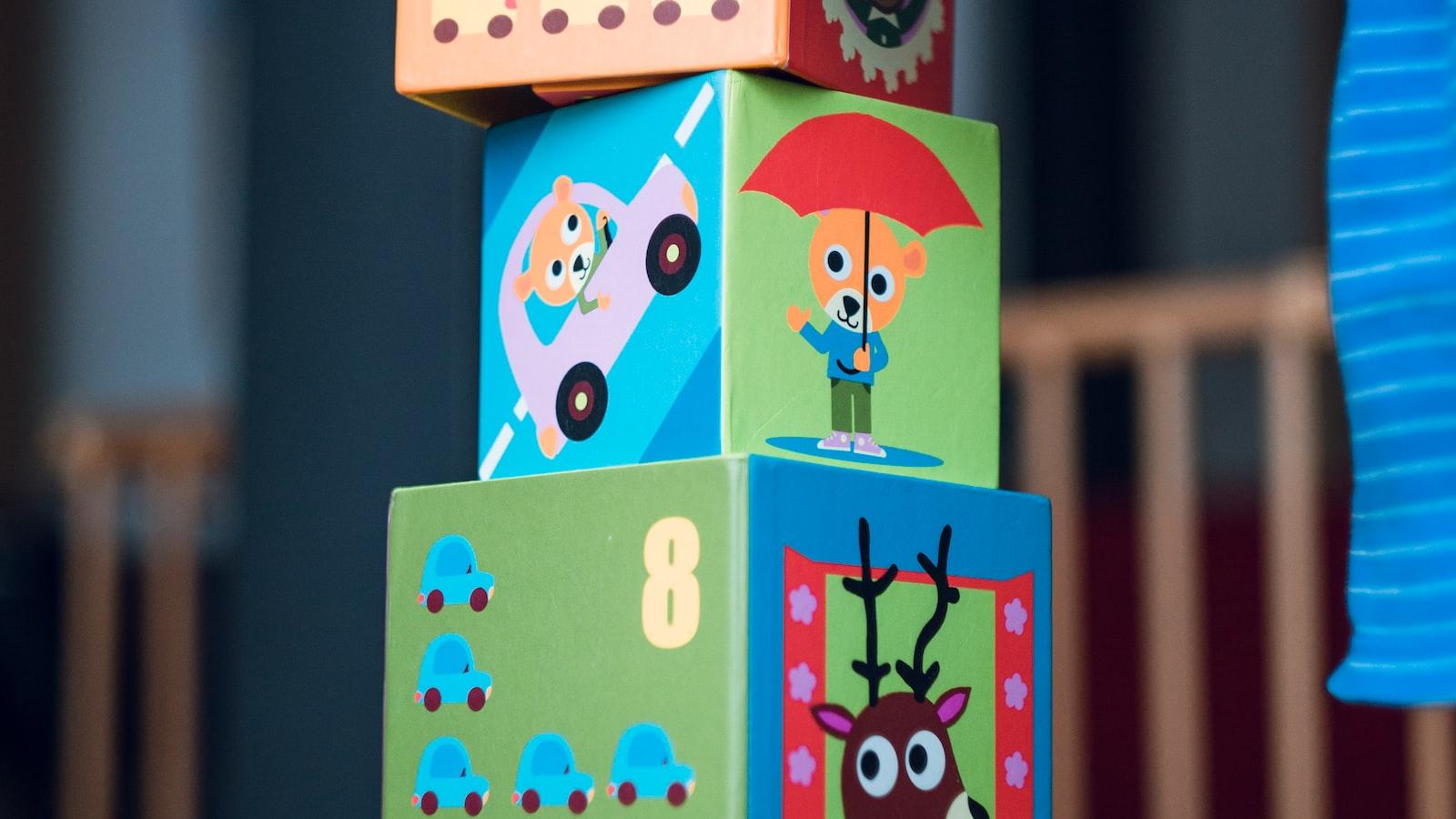It is inevitable that a breastfeeding baby’s dirty diapers will leak or explode, leaving the clean clothes stained with poop. It is important to quickly address these stains to prevent them from setting in and becoming permanent. This article will provide you with advice on how to effectively remove breastfed baby poop from clothing.To clean breastfed baby poop from clothes, start by scraping off as much of the poop as possible with a spoon or spatula. Then, soak the clothing in cold water for 15-30 minutes. After soaking, use a brush to scrub the area with a detergent solution that has been made specifically for baby clothes. Rinse the clothing thoroughly with cold water, then launder as normal in warm water with an appropriate detergent and fabric softener. Finally, air dry the clothing or tumble dry on low heat.
Removing Breastfed Baby Poop Stains
Removing breastfed baby poop stains can be a tricky task, but it doesn’t have to be. If you want to make sure your baby’s clothing stays clean and stain-free, there are some tips that can help. First, you should always use cold water when cleaning any kind of baby poop stains as hot water can set the stain and make it more difficult to remove. Also, try to act quickly when dealing with the stain as the longer it sits, the more likely it is to become permanent.
When tackling breastfed baby poop stains, you should first use a damp cloth or paper towel to gently blot the stain and absorb as much of the liquid as possible before attempting to wash it out. After blotting, you can pretreat the area with a mild detergent or an enzyme-based cleaner such as those made for pet urine removal. For particularly stubborn stains, you may need to use a brush or scrubbing tool to work the cleaner into the fabric.
When washing out breastfed baby poop stains, you should use a gentle cycle with cold water and an appropriate detergent for your type of fabric. If possible, avoid using too much detergent as this can leave residue in your clothing that may attract dirt and cause further staining. After washing, check for any lingering stains before drying in order to prevent setting them into the fabric permanently.
Finally, if all else fails and you are still unable to get rid of breastfed baby poop stains completely, then spot cleaning with an appropriate bleach solution such as oxygen bleach may be necessary. As always though, test this method in a small area first before treating large portions of clothing just in case it causes discoloration or other damage.
With these tips in mind, removing breastfed baby poop stains from clothing should be much easier and less stressful!
The Best Way To Remove Breastfed Baby Poop From Clothing
Removing breastfed baby poop from clothing can be a daunting task, especially if you are not sure how to go about it. The good news is that there are several ways to successfully remove breastfed baby poop from clothing. The first and most important step is to act quickly and remove the stained clothing as soon as possible. If the clothing is left on the baby for too long, the stain may set in and become harder to remove.
Once the stained clothing is removed, you should check the care instructions on the tag of the garment before attempting to clean it. Some fabrics may require special cleaning methods that could cause further damage if not followed correctly. If you are unsure of what type of fabric your garment is made from, seek professional advice before proceeding.
If the care instructions allow for machine washing, then you should pre-treat the stain with an enzyme-based pre-treatment product such as Oxyclean or another similar product. Make sure to read and follow all instructions on the product packaging carefully before using it. Allow this pre-treatment to sit for at least five minutes before laundering in cold water with a mild detergent (detergents containing bleach should be avoided). After laundering, check to see if any traces of the stain remain and re-treat if necessary before drying in a low heat setting or air drying completely.
If machine washing is not an option, then hand washing may be necessary depending on the fabric type and care instructions provided. Start by soaking the garment in cold water for about 15 minutes before trying to remove any remaining stains with a gentle detergent specifically designed for hand washing delicate items such as baby clothes. Once all traces of breastfed baby poop have been removed, rinse thoroughly in cold water and allow it to air dry completely before wearing again or storing away until needed again.
By following these steps, you can successfully remove breastfed baby poop from clothing without damaging any delicate fabrics or shrinking garments unnecessarily.
Cleaning Solutions For Removing Breastfed Baby Poop From Clothes
Cleaning breastfed baby poop from clothes can be a tricky process, but there are certain solutions that can help make the job easier. The first step in cleaning breastfed baby poop from clothing is to rinse the soiled area with cold water. This will help to loosen up any fecal matter and make it easier to remove. After rinsing the area, you can use a mild detergent or an enzyme-based stain remover to pretreat the stain before laundering. If you have a particularly stubborn stain, apply some liquid laundry detergent directly on the stain and let it sit for 10 minutes before washing.
When washing breastfed baby poop stained clothes, it is important to use hot water, as this temperature helps break down proteins found in breast milk and remove odors. For extra cleaning power, add one cup of white vinegar to the wash cycle. The vinegar helps break down proteins found in breast milk and neutralize odors while also helping brighten whites and reduce static cling in fabrics.
For particularly stubborn stains, you may need to resort to more heavy-duty methods such as soaking the clothing in an oxygen bleach solution for 30 minutes before laundering. If you do decide to use this method, make sure that you follow the manufacturer’s instructions carefully as oxygen bleach can damage certain fabrics such as silk or wool if used incorrectly.
Once your clothing has been washed and dried, check for any remaining stains or odors before putting them away. If there are still traces of breastfed baby poop on the clothes after laundering, you may need to repeat the pretreatment process before washing again. With a bit of patience and persistence, you should be able to get your clothing clean and free of any lingering odors or stains!
Removing Breastfed Baby Poop From Clothes
Removing breastfed baby poop from clothes can be a challenge. While it may seem like an impossible task, there are some simple steps you can take to get the job done quickly and effectively. The first step is to rinse the clothing in cold water as soon as possible. This will help to remove some of the mess and make it easier to clean. After rinsing, use a gentle detergent to scrub away any remaining residue. For more stubborn stains, use a pre-treatment product or soak the clothing in a solution of detergent and warm water for at least 30 minutes before washing. After washing, hang or lay flat to dry, and they should be good as new!
For extra stubborn stains, try using an enzyme-based cleaner or an oxygen-based bleach like Oxyclean. These cleaners are designed specifically for removing breastfed baby poop from clothes and can be effective in tough cases. When using these products, make sure to read and follow all instructions carefully for best results.
Finally, remember that prevention is key when it comes to breastfed baby poop on clothes. Try using bibs or other protective clothing while feeding your baby to prevent messes from happening in the first place!

Removing Breastfed Baby Poop From Clothing
Removing breastfed baby poop from clothing can be a tricky task, but it doesn’t have to be. There are many home remedies that can help you remove breastfed baby poop from clothing without damaging the fabric or leaving behind unpleasant odors. Here are some tips and tricks for effectively removing breastfed baby poop from your clothing:
The first step is to use cold water to rinse the fabric right away. Cold water helps contain the mess and prevents it from spreading further. Once the fabric has been rinsed with cold water, it is important to use a natural stain remover, such as baking soda or white vinegar, to remove any remaining stains or odors.
If the stain is still visible after rinsing and treating with a natural stain remover, then you may need to use an enzyme-based cleaner specifically designed for removing breastfed baby poop stains. These cleaners work by breaking down the proteins in breast milk that cause the stains, making them easier to remove.
Once you have used an enzyme-based cleaner and are satisfied with the results, it is important to launder the fabric according to its care instructions. Use a mild laundry detergent and warm water (not hot) for best results. Make sure to avoid using chlorine bleach when laundering fabrics that have been stained by breastfed baby poop as this could damage the fabric or cause discoloration.
Finally, make sure to hang dry any clothing items that have been stained by breastfed baby poop as tumble drying can set in any remaining stains or odors. Using these tips and tricks should help you effectively remove breastfed baby poop from your clothing without damaging the fabric or leaving behind unpleasant odors!
What You Need To Get Rid of Breastfed Baby Poop On Clothes
Getting rid of breastfed baby poop on clothes can be a tricky task. The first step is to get the right supplies. You will need a good quality stain remover, an old toothbrush, and some cold water. Start by applying the stain remover on the affected area and allowing it to sit for at least 30 minutes. Next, take your toothbrush and gently scrub the area in a circular motion. Once you have finished scrubbing, rinse the area with cold water to remove any excess residue left behind by the stain remover.
If the stain is still visible after rinsing, repeat this process until it is completely gone. If you’re dealing with stubborn stains, you may want to try using a stronger stain remover or even hydrogen peroxide. Whatever you do, make sure not to use hot water as it could set the stain further into the fabric.
Once you have removed as much of the stain as possible, it’s time to move on to laundry care. It’s important to treat breastfed baby poop stains immediately after they occur so that they don’t set into fabric fibers and become permanent. Before laundering, pre-treat any remaining stains with a good quality pre-wash product such as oxygen bleach or enzyme-based detergent designed specifically for removing baby stains. Then proceed with laundering according to product instructions and using detergent designed for babies or sensitive skin types.
Finally, hang your clothes out in direct sunlight if possible as this can help further remove any lingering stains that may still remain after laundering. Following these steps should help ensure that all traces of breastfed baby poop are removed from your clothes and that your garments are looking their best once again!
Natural Ways To Remove Breastfed Baby Poop Stains From Clothing
Removing breastfed baby poop stains from clothing can be tricky. The combination of breast milk and baby poop can create a stubborn stain that is difficult to remove. Fortunately, there are some natural ways to remove these stains without resorting to harsh chemicals. Here are some tips for removing breastfed baby poop stains from clothing:
1. The first step in removing breastfed baby poop stains is to rinse the item with cold water as soon as possible after it gets stained. This will help prevent the stain from setting in.
2. After rinsing, pre-treat the stain with a natural enzyme cleaner or a baking soda paste made with water and baking soda. Rub this mixture gently into the stain with an old toothbrush and allow it to sit for at least 15 minutes before washing the item with hot water and laundry detergent.
3. If the stain remains after washing, try soaking the garment in a solution of two parts white vinegar and one part water for 30 minutes before rewashing it in hot water and laundry detergent. Vinegar is a natural fabric softener that helps loosen tough stains and also has disinfectant properties that help kill bacteria that may be present in the stain.
4. If all else fails, you can try using a commercial stain remover designed for use on baby clothes. These products are formulated specifically for removing tough breastfed baby poop stains and should be used according to package directions for best results.
Using these natural methods can help you effectively remove breastfed baby poop stains from clothing without having to resort to harsh chemicals or bleach-based cleaners that may damage delicate fabrics or irritate sensitive skin. It’s always best to act quickly when dealing with these types of stains, as they can become more difficult to remove if left untreated for too long!

Conclusion
It is important to be prepared for the inevitable mess that comes with a breastfeeding baby. Having the right tools and products on hand can make the process of getting breastfed baby poop out of clothes much less stressful. Using a pre-soak treatment, a specialized laundry detergent, and a good stain remover can help reduce the amount of time and effort you need to put into cleaning up these messes. Furthermore, understanding which fabrics are more prone to staining can help you choose clothing that will be easier to clean when accidents happen. With a little bit of preparation and knowledge, you can make dealing with breastfed baby poop much easier.
No matter how careful you are, it’s inevitable that your little one will have an accident at some point. Knowing how to handle these accidents properly can make all the difference in getting breastfed baby poop out of clothes quickly and efficiently. Keeping these tips in mind should help you manage any messes that come your way!




